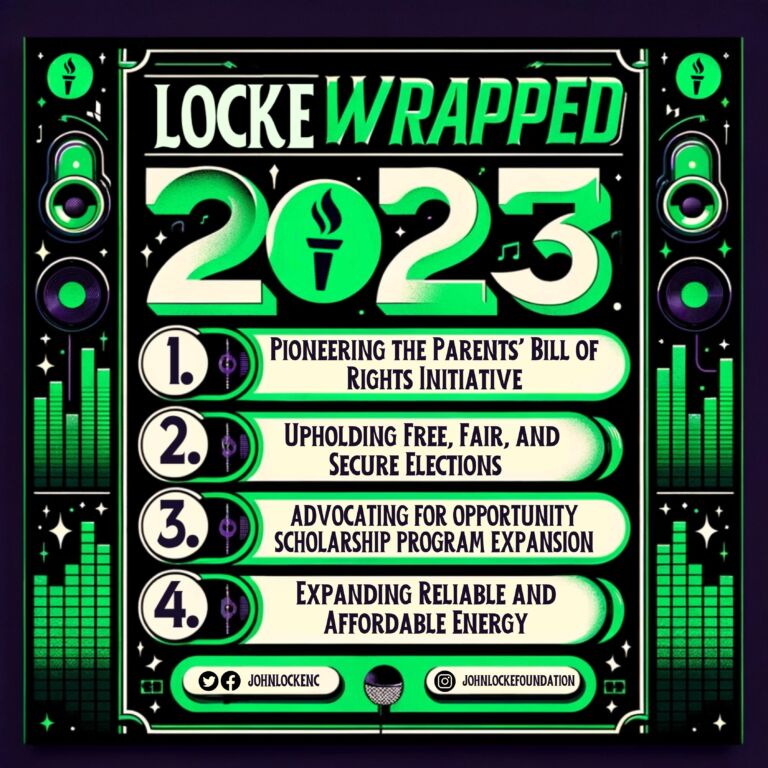David Marcus devotes a Federalist column to an idea that reminds this observer of the notion of cramming a genie back into a bottle: slowing down the news cycle.
It’s hardly a new idea that the speed of the 24-hour news cycle has profoundly affected how Americans consume and process news. But increasingly in the last decade, those forms of consumption are leading to a feedback loop, in which the news consumer influences news coverage in real time.
In the days before social media, you would watch the news on TV, and if a story broke that angered you, you could yell at the TV, but that was all you could immediately do. Now, those screams at the TV, in the form of tweets and posts, are aggregated in real time, and quickly affect the coverage. When a scandal breaks, there is no time to take a calm and collected view of events. SOMETHING HAS TO BE DONE NOW.
The nice part of the old “yelling at the TV” model was that you got the catharsis of screaming, but nobody, except maybe your family, saw you. By the time you got to the water cooler at the office the next day, you had more information and time to develop a well-considered reaction to events. Now, public opinion in the moments after news breaks is changing the very nature of coverage in ways that confirm biases more than they inform.


